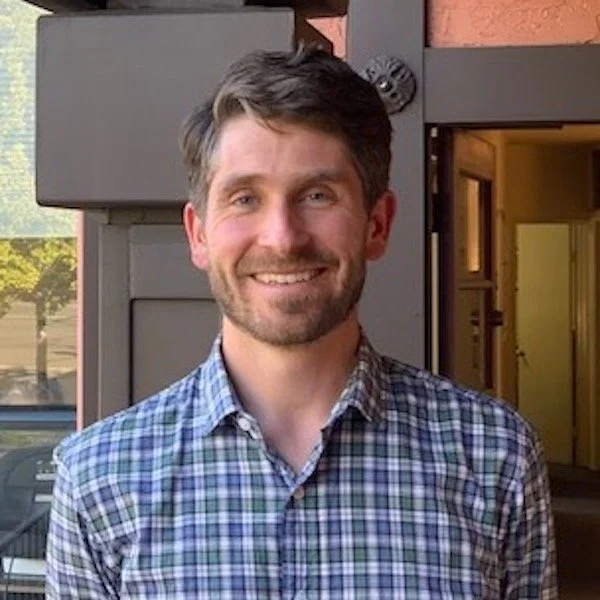PFAS In Building Products
One of the most uncomfortable topics for anybody to wade through is the nearly ubiquitous and constant exposures to hazardous chemicals and compounds which we all encounter in daily products. The construction industry is no different - many building products are chock full of chemicals that are known health hazards to humans. As the body of scientific knowledge about these chemicals and their health impacts grows, it’s important that professionals and consumers have a sufficient understanding of their presence and purpose.
Join Kristof as he interviews Dr. Tom Bruton, Senior Hazardous Substances Engineer at California Department of Toxic Substances Control and formerly a Senior Scientist at the Green Science Policy Institute, on a class of chemicals called PFAS, which are present in many common building materials and making their way into our bodies through a variety of exposures that are easy to forget in day-to-day life.
Dr. Tom Bruton
Dr. Bruton is a Senior Hazardous Substances Engineer at California Department of Toxic Substances Control. He works at the interface of science, business, and government to promote healthier products and a healthier environment. Trained as an environmental engineer and environmental chemist, Tom’s experience ranges from contaminated site remediation to chemicals management in supply chains to regulatory policy, with particular expertise on per- and polyfluoroalkyl substances (PFAS).
PFAS
Per- and polyfluoroalkyl substances (PFAS) are a class of highly fluorinated synthetic chemicals notable for their non-stick, waterproof, and grease resistant properties and also for their extreme environmental persistence. Building materials are a high-volume use of PFAS that have received relatively little attention. PFAS have many uses in the building industry, including in roofing materials, flooring, paints and coatings, sealants, glass, and more. Annual sales of PFAS-containing building materials are more than $26 billion.
Green Science Policy Institute
The Green Science Policy Institute was founded in 2008 in Berkeley, California, by Executive Director Arlene Blum after she learned that the same chlorinated tris flame retardant that her research had helped remove from children’s pajamas in the 1970s was back in furniture and baby products. Since its founding, Green Science Policy Institute’s scientific research and policy work has contributed to preventing the use of “Six Classes” of harmful chemicals in consumer products and building materials worldwide.
Team
Hosted by Kristof Irwin
Edited and Produced by M. Walker

